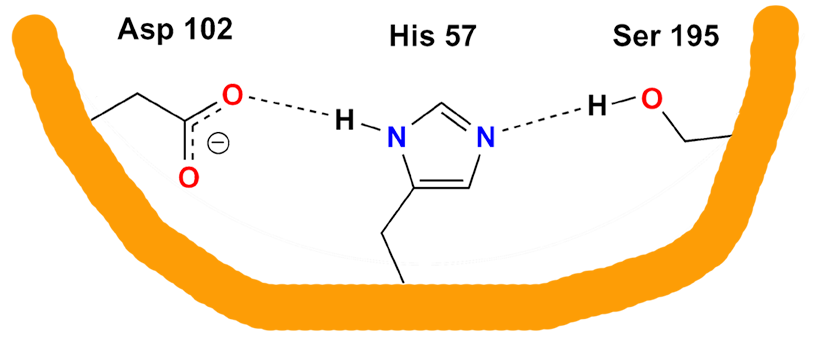
On Sep 26, 2014, at 4:59 AM, Nathaniel Echols wrote:
On Fri, Sep 26, 2014 at 1:16 AM, Tim Gruene <[email protected]> wrote:
out of curiosity: By 'explicit hydrogen atoms' do you mean that you
refine the hydrogen parameters rather than using the riding hydrogen
model? This is very bold for even at and beyond Acta C resolution limits
(0.8A) one usually only uses the riding atom model for hydrogens.
+1
Jason, I think you may be misunderstanding how hydrogens are handled internally. The geometry restraints used in Phenix (and Refmac, etc.) are based on the assumption that the data guide the atoms reasonably well, and do not include any attractive forces or explicit hydrogen-bonding. Reduce will take hydrogen bonding into account when it adds hydrogens to the model, but that's it - and I'm not sure how well this will handle hydroxyl hydrogens.
-Nat